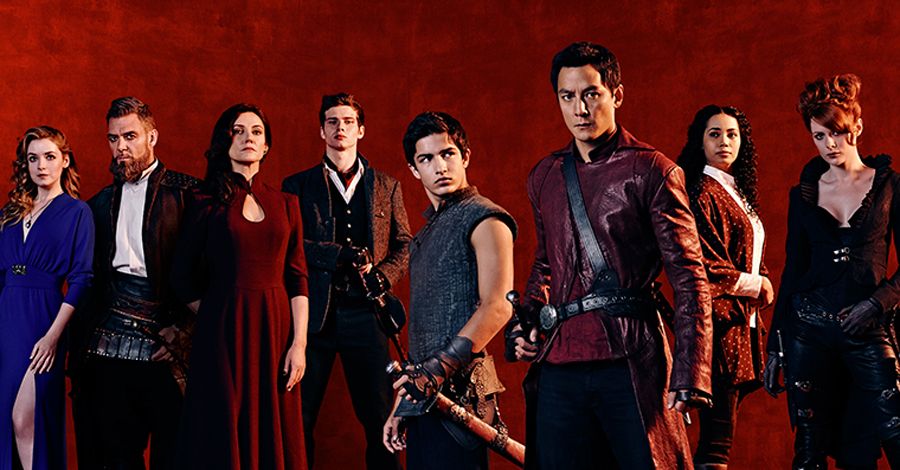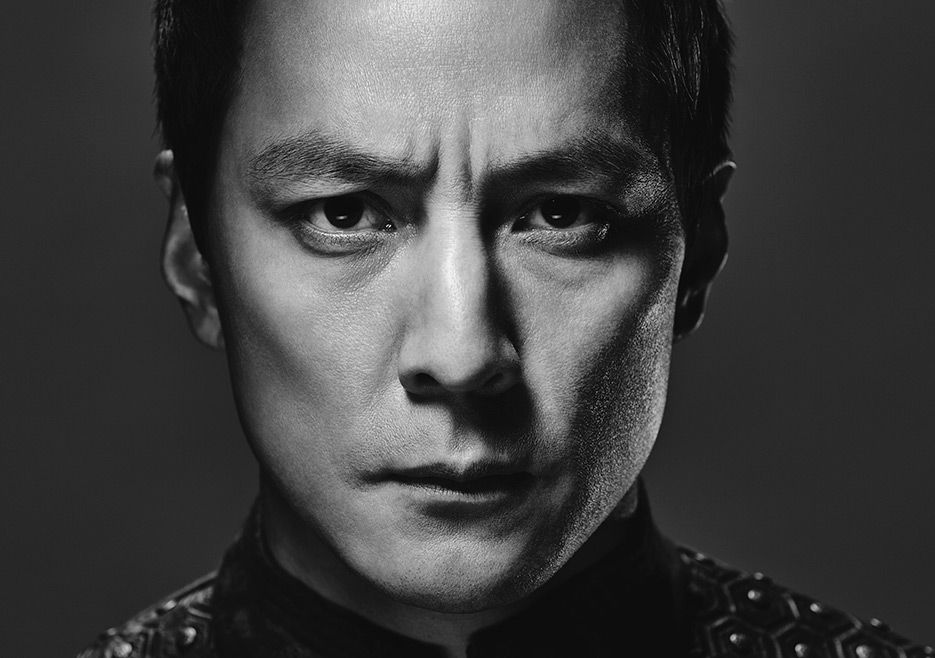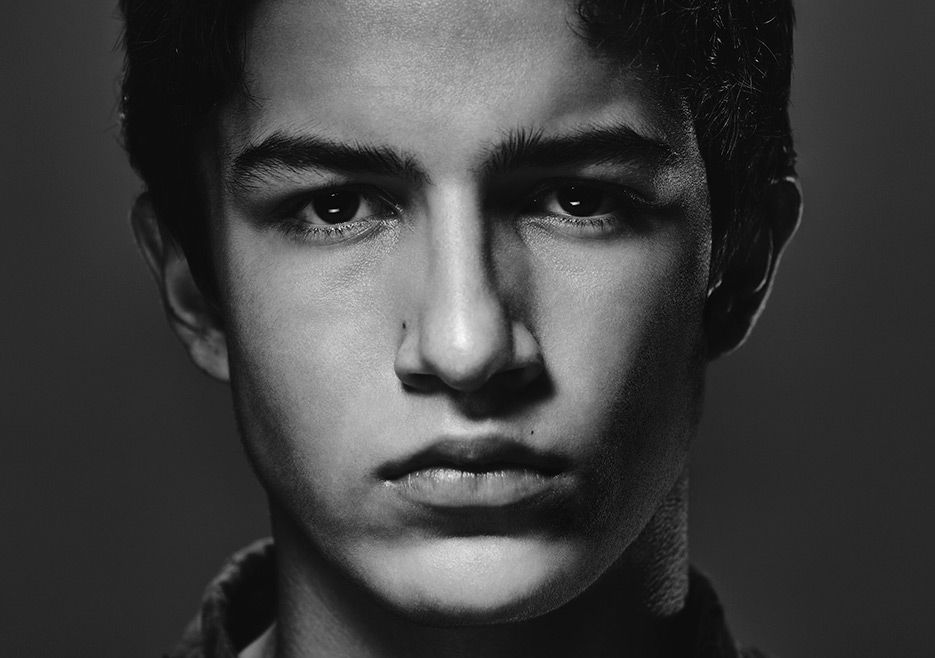AMC brought its post-apocalyptic action-drama "Into the Badlands" to New York Comic Con, where stars Daniel Wu ("Europa Report"), Aramis Knight ("Ender's Game"), Marton Csokas ("XXX"), Emily Beecham ("28 Weeks Later"), ("American Odyssey") and producer/choreographer Stephen Fung spoke with journalists.
Debuting Nov. 15, the genre-smashing series follows Wu as Sunny, a trained assassin (known as a “Clipper”) who serves as a trusted adviser to Quinn (Csokas), the most powerful baron in the Badlands. But Sunny begins to question his life as an indentured killer and revolts against his master, setting out across a landscape that blends East Asia and the American South (“Into the Badlands” is inspired by the 16th-century Chinese novel “Journey to the West”).
"There's a huge mix of so many different feels and themes from Western to Steampunk to the Creole vibe of New Orleans to Oriental," Knight said.
Sunny’s journey is further complicated when he stumbles upon Knight's MK, a teenager with a dark secret and a bounty on his head. "I wanted to avoid the one-dimensionality of just a cold-hearted killer," Wu said of Sunny. "He's a character who all he's known his whole life is killing and trying to be successful under the eyes of [his master] Quinn. Because this is a guy that was a father to him, raised him and saved him from death."
Sunny is also saddled with the guilt of his life as a killer, "The fact that he has these 404 tattoos on his back are reflective of that as well, that, yes, he's killed hundreds of people but he's baring the weight of those deaths on his back," Wu said. "One thing that [director David Dobkin] made me do before doing the show is he actually had me get on a notebook and draw 404 marks."
Most of those marks came at the behest of Csokas' Quinn, one of seven feudal barons who rule the territory. "There are seven barons, so the legend goes,” Csokas said. “In order to stop the carnage that was occurring and the anarchy of the future, or the present as they know it, they formed a society not unlike a Japanese feudal system, and each baron was allotted power around oil, or gold, or opium, as Quinn was."
Quinn's methods can veer to the extreme, but Csokas doesn't see him as a villain. "I think he has reasons for doing things. According to [Russian novelist Aleksandr] Solzhenitsyn, that's the definition of evil. If you're doing something that's people would say is bad but you believe is good," he said. "In his old-school way he's trying to maintain order and protect people from the ravages of the Badlands."
Aside from struggling with a renegade Sunny and the danger of the Badlands, Quinn also has difficulties on the home front. Polygamy is an accepted institution in the Badlands, and Quinn may have more women than he can handle. His elder wife Lydia is at a crossroads. "She's having a classic midlife crisis," Brady said of her character.
Battles of the will are inevitable between Quinn and Lydia, as well as Quinn and Sunny, but the show doesn't hesitate to engage in physical fights either. Writers Al Gough and Miles Millar attempted to position each physical confrontation as a pivotal moment for the characters. "The fights are transformative in some way," Wu said.
The fights are also eclectic. "It's a mixed bag,” Fung said. “We didn’t want to have one specific style. It’s everything: It's Krav Maga, there's Jiu Jitsu, there's Wang Chun. So it's one of the first things that we did when we got the script we separated the character's personality and determined the weapons they would use.”
Apart from Wu, most of the actors had to endure rigorous training for the many fight scenes. Beecham acted previously in period pieces and was accustomed to wearing corsets, but not to the martial arts.
"I had just done yoga and ballet and things like that which actually really help," she said. "Before our martial arts training I actually did a physical training with a personal trainer who basically built my muscles and encouraged me."
To facilitate the lengthy fight scenes, producers scheduled the show to shoot in three-episode blocks. "We filmed it like a movie, we did three episodes at a time," Knight said. "We very much wanted it to feel like a movie because the authenticity of the martial arts would have been impossible if we did film it as a TV show."



